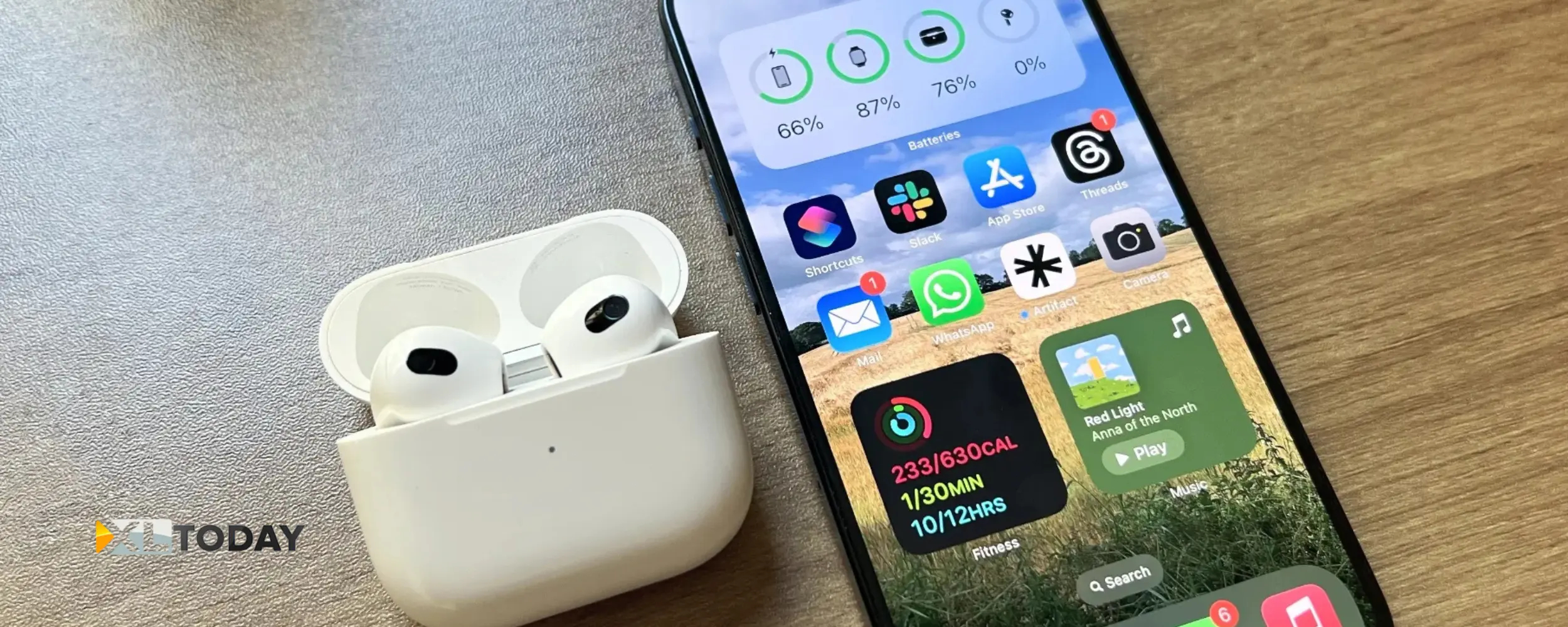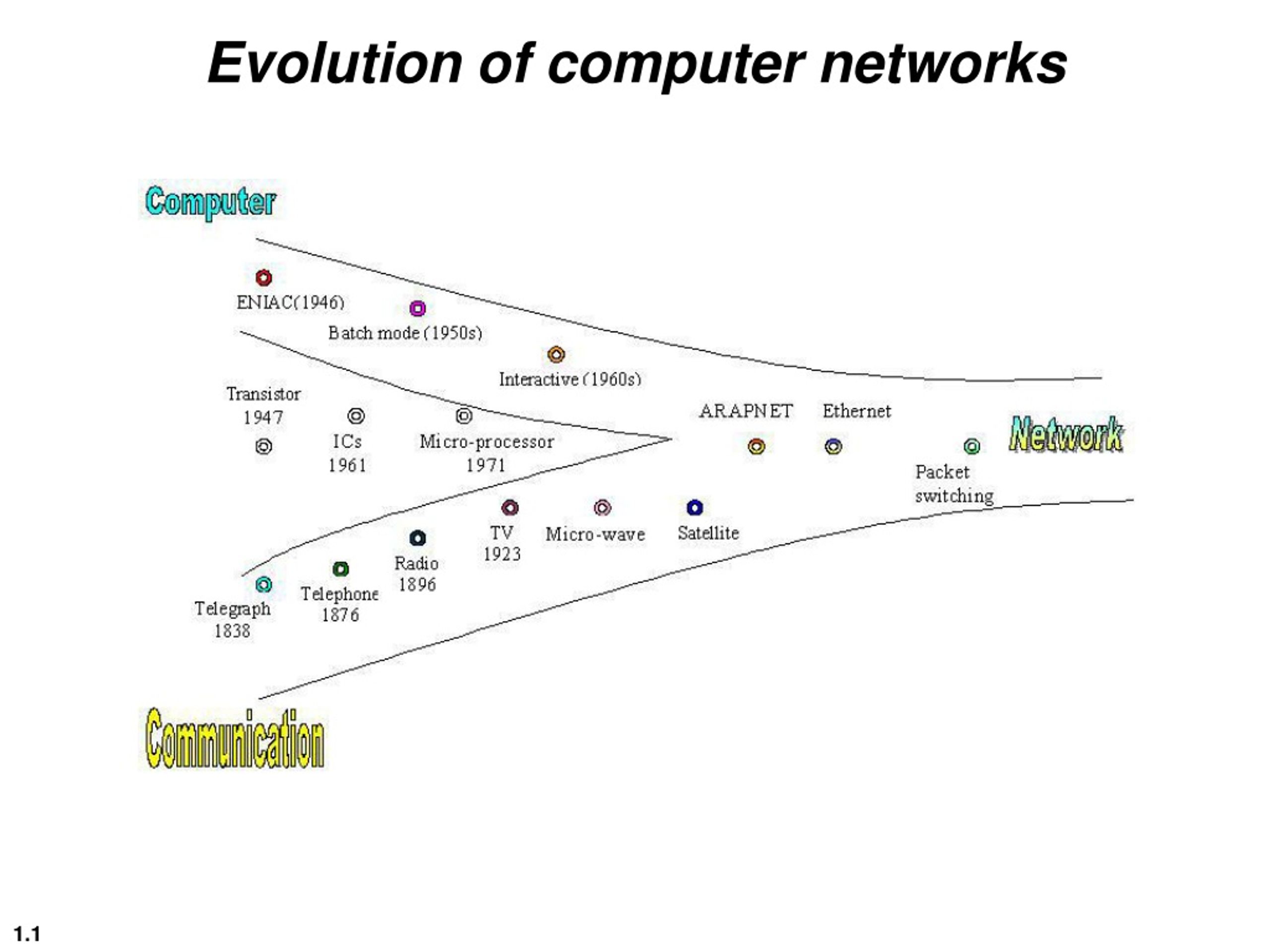
Table of Contents
The Evolution of Gadgets – In today’s fast-paced world, technological advancements have led to the rapid evolution of gadgets. From smartphones to smart homes, these innovations have transformed the way we communicate, work, and entertain ourselves. In this article, we will explore the latest trends in the gadget industry, their relevance in daily life, and how they continue to shape the future.
The Evolution of Gadgets
Smart devices have become an integral part of modern life. With the Internet of Things (IoT) revolutionizing connectivity, gadgets are now more intuitive and efficient. Some of the most notable developments include:
- Smartphones: Cutting-edge devices now feature AI-powered cameras, faster processors, and foldable displays, enhancing user experience.
- Wearable Tech: Smartwatches and fitness trackers provide real-time health monitoring, encouraging a healthier lifestyle.
- Smart Home Gadgets: AI-powered home assistants, smart security cameras, and automated lighting systems improve convenience and security.
- Latest Innovations in Gadgets: Transforming Everyday Life
- Technology is evolving at an unprecedented pace, and the latest innovations in gadgets are making life easier, smarter, and more efficient. From artificial intelligence (AI)-powered devices to sustainable tech solutions, today’s gadgets are not just about convenience but also about enhancing the way we live, work, and connect. In this article, we will explore some of the most groundbreaking gadget innovations that are shaping the future.
1. Smart Home Devices: The Evolution of Gadgets
- Smart home technology has seen massive advancements in recent years. AI integration has taken automation to the next level, offering greater convenience and control.
Read Also: What the Advantages are of Hiring an Excel Consultant?
- a. AI-Powered Assistants
- Devices like Amazon Echo (Alexa) and Google Nest Hub have become essential in many households. They can control smart home appliances, provide real-time information, and even help with daily routines such as setting reminders, managing schedules, and playing personalized content.
- b. Smart Security Systems
- Innovative security solutions like Ring Video Doorbell and Google Nest Cam use AI-driven motion detection to enhance home security. These devices provide real-time alerts, facial recognition, and cloud-based storage for seamless monitoring.
- c. Intelligent Thermostats and Lighting
- Smart thermostats like Nest and Ecobee optimize energy usage by learning user preferences and adjusting settings accordingly. Similarly, Philips Hue and LIFX smart lighting systems allow users to control ambiance and lighting via voice commands or mobile apps.
2. Wearable Technology: Enhancing Health and Connectivity
- Wearables have evolved from simple fitness trackers to sophisticated health-monitoring devices that provide real-time health insights and seamless connectivity.
- a. Smartwatches with Health Monitoring Features
- The latest Apple Watch and Samsung Galaxy Watch come equipped with ECG monitoring, blood oxygen sensors, and stress tracking. These features enable users to keep track of their health in real-time, promoting preventive healthcare.
- b. Augmented Reality (AR) Glasses
- Companies like Meta and Lenovo have introduced AR glasses that overlay digital information onto the real world, enhancing productivity, gaming, and even remote collaboration.
- c. Smart Rings and Wearable Sensors
- Devices like the Oura Ring provide insights into sleep patterns, body temperature, and overall well-being. These wearables are compact yet powerful, helping users maintain a healthy lifestyle effortlessly.
3. Foldable and Rollable Displays: The The Evolution of Gadgets
- Flexible display technology has brought about the rise of foldable smartphones and rollable screens, offering users a blend of portability and functionality.
- a. Foldable Smartphones
- Brands like Samsung (Galaxy Z Fold and Flip) and Huawei (Mate X) have launched foldable phones that provide larger screen real estate without compromising portability. These devices enhance multitasking and media consumption experiences.
- b. Rollable Displays
- LG and Oppo are exploring rollable screen technology, where users can extend the display as needed. This innovation is set to redefine mobile device design and usability.
4. Next-Gen Audio Gadgets: Immersive Sound Experiences
- The latest advancements in audio technology are providing users with unparalleled sound quality and immersive listening experiences.
- a. Spatial Audio and 3D Sound
- Apple’s AirPods Pro and Sony’s WH-1000XM5 utilize spatial audio technology to create a surround sound effect, enhancing the way users experience music and movies.
- b. Smart Earbuds with AI Integration
- Earbuds like Google Pixel Buds and Samsung Galaxy Buds feature real-time language translation, adaptive noise cancellation, and seamless voice assistant integration.
5. Sustainable Gadgets: The The Evolution of Gadgets
- Sustainability is a key focus in modern gadget innovation, with companies prioritizing eco-friendly materials and energy-efficient technology.
- a. Solar-Powered Smartwatches
- Brands like Garmin and Casio have introduced solar-powered smartwatches that reduce reliance on traditional charging methods, promoting energy efficiency.
- b. Biodegradable Phone Cases and Accessories
- Companies like Pela are creating biodegradable phone cases that reduce plastic waste and contribute to a greener planet.
6. AI-Driven Personal Gadgets: The Evolution of Gadgets
- AI-powered gadgets are becoming integral parts of daily life, providing users with enhanced convenience and efficiency.
- a. AI-Powered Translation Devices
- Devices like Pocketalk and Timekettle provide real-time voice translation, breaking language barriers and facilitating global communication.
- b. Smart Notebooks and Pens
- Gadgets like the Rocketbook smart notebook allow users to write traditionally while digitizing their notes for easy storage and organization.
- In recent years, the landscape of mobile technology has undergone a significant transformation with the advent of foldable smartphones and dual-screen devices. These innovations are not merely fleeting trends; they represent a fundamental shift in how we interact with our devices, offering enhanced versatility and functionality that cater to the dynamic needs of modern users.
TheThe Evolution of Gadgets
- The journey of foldable and dual-screen devices began with the desire to merge the portability of smartphones with the expansive displays of tablets. Early iterations faced challenges such as durability concerns and software optimization issues. However, continuous advancements in materials science and engineering have led to more robust designs and improved user experiences.
- For instance, Samsung has been a pioneer in this domain, consistently innovating with its Galaxy Z series. The Samsung Galaxy Z Flip 5, released in August 2023, showcased significant improvements in hinge design and screen durability, addressing earlier concerns about the longevity of foldable devices. This model featured a 6.7-inch foldable Dynamic AMOLED display with a 120Hz refresh rate, providing users with a seamless and vibrant visual experience. Additionally, the device’s compact form factor when folded made it highly portable, appealing to users seeking both functionality and convenience.
- Similarly, Huawei made headlines with the introduction of the Mate XT, the world’s first trifold smartphone. This device can transform from a standard smartphone into a 10.4-inch tablet, offering unparalleled flexibility for various use cases. The Mate XT’s innovative design allows users to enjoy a larger display when needed, enhancing activities such as media consumption, multitasking, and productivity tasks. However, it’s worth noting that due to geopolitical factors and associated sanctions, the Mate XT’s availability is limited in certain markets, particularly in the West.
Current Market Leaders and Notable Releases
- As of early 2025, the foldable smartphone market has seen several noteworthy releases that have garnered attention for their innovative designs and features. Among these, the OnePlus Open has emerged as a strong contender, offering expansive screens at a competitive price point. This device has been praised for its seamless user experience and robust build quality, making it an attractive option for those looking to explore foldable technology.
- Google has also made a significant impact with its Pixel 9 Pro Fold, which has been lauded for its ideal foldable design. The device features a 6.3-inch external FHD+ OLED screen and an 8-inch internal OLED tablet screen, providing users with the versatility of a phone and tablet in one device. Powered by the Tensor G4 chip and 16GB of RAM, the Pixel 9 Pro Fold offers a seamless experience for multitasking and media consumption. Its unique squarish design makes it particularly suitable for using AI applications alongside everyday apps, catering to users who require both productivity and entertainment functionalities.
- These developments indicate a growing trend towards devices that offer users the flexibility to adapt their device’s form factor to their immediate needs, whether that’s a compact phone for everyday use or a larger screen for productivity and entertainment.
Impact on User Experience and Daily Life
- The integration of foldable and dual-screen technology into smartphones has had a profound impact on user experience. One of the most significant advantages is the ability to multitask more effectively. Users can run multiple applications simultaneously, with ample screen real estate to view and interact with each app comfortably. This is particularly beneficial for professionals who need to manage emails, documents, and communication platforms concurrently.
- Moreover, these devices enhance media consumption. Streaming videos, playing games, and reading e-books become more immersive experiences on larger, high-resolution displays. The flexibility to switch between a compact mode for portability and an expanded mode for detailed viewing provides users with a tailored experience that suits their preferences and contexts.
- However, it’s important to acknowledge the challenges that come with these innovations. Durability remains a concern for some users, as the folding mechanisms and flexible screens can be more susceptible to wear and tear compared to traditional smartphones. Manufacturers have been addressing these issues by developing more robust hinge designs and using stronger materials for screens. For example, Samsung’s Galaxy Z Flip 5 features an improved hinge mechanism that reduces the visibility of the crease and enhances the overall durability of the device.
- Additionally, the software experience on foldable devices has seen significant improvements. Early models faced challenges with app optimization, as not all applications were designed to adapt to changing screen sizes and orientations. Today, many developers are creating apps that seamlessly transition between different modes, ensuring a consistent and user-friendly experience. Google’s Android operating system has introduced features specifically aimed at enhancing the foldable experience, such as improved multitasking capabilities and support for resizable apps.
Societal Implications and The Evolution of Gadgets
- The rise of foldable smartphones and dual-screen devices reflects broader societal trends towards flexibility and adaptability in technology. As remote work and digital nomadism become more prevalent, the demand for devices that can serve multiple functions has increased. Foldable devices cater to this need by offering the capabilities of both a smartphone and a tablet, reducing the necessity to carry multiple devices.
- Looking ahead, the market for foldable devices is poised for further growth. Analysts predict that as technology advances and production costs decrease, foldable smartphones will ::contentReference[oaicite:0]{index=0}
2. AR and VR Gadgets
Augmented Reality (AR) and Virtual Reality (VR) are revolutionizing gaming, education, and professional training. Companies like Meta and Apple are investing heavily in AR headsets that provide immersive experiences, bridging the gap between the digital and physical worlds.
3. AI-Powered Personal Assistants
From Amazon Alexa to Google Assistant, AI-powered assistants are becoming smarter, helping users with tasks such as scheduling, online shopping, and even managing smart home ecosystems.
4. Sustainable and Eco-Friendly Gadgets
With environmental concerns rising, tech companies are developing eco-friendly gadgets. Solar-powered chargers, biodegradable phone cases, and energy-efficient devices are gaining popularity, promoting sustainability.
The Evolution of Gadgets Impact Society
Innovative gadgets are reshaping society in numerous ways. Below are some key areas where they are making a significant impact:
1. Enhancing Productivity
From AI-powered laptops to cloud-based work solutions, gadgets are streamlining workflows, making remote work more efficient and accessible.
2. Improving Healthcare
Wearable tech monitors vital signs, detects irregularities, and even alerts users about potential health risks, making healthcare more proactive and personalized.
3. Revolutionizing Entertainment
Streaming devices, gaming consoles, and smart TVs have changed the way people consume content, offering on-demand entertainment with high-quality visuals and immersive experiences.
4. Strengthening Security and Privacy
From biometric authentication to encrypted communication, gadgets are improving security measures to protect users from cyber threats.
The Evolution of Gadgets
The future of gadgets looks promising, with advancements in AI, 5G technology, and quantum computing set to take center stage. Some emerging trends to watch include:
- AI-driven automation: Smarter AI will lead to more intuitive and personalized gadgets.
- Extended battery life: Companies are working on graphene-based batteries to enhance energy efficiency.
- Metaverse integration: Virtual and augmented reality will play a crucial role in communication and entertainment.
- Brain-computer interfaces (BCI): Technology like Neuralink aims to bridge human cognition with digital devices.
Conclusion
As technology continues to advance, gadgets will become even more integrated into our lives, enhancing convenience, security, and efficiency. Keeping up with these trends is essential for both consumers and businesses to stay ahead in the digital age. Whether it’s the latest foldable phone or a revolutionary AI assistant, the future of gadgets is bright and full of endless possibilities.









